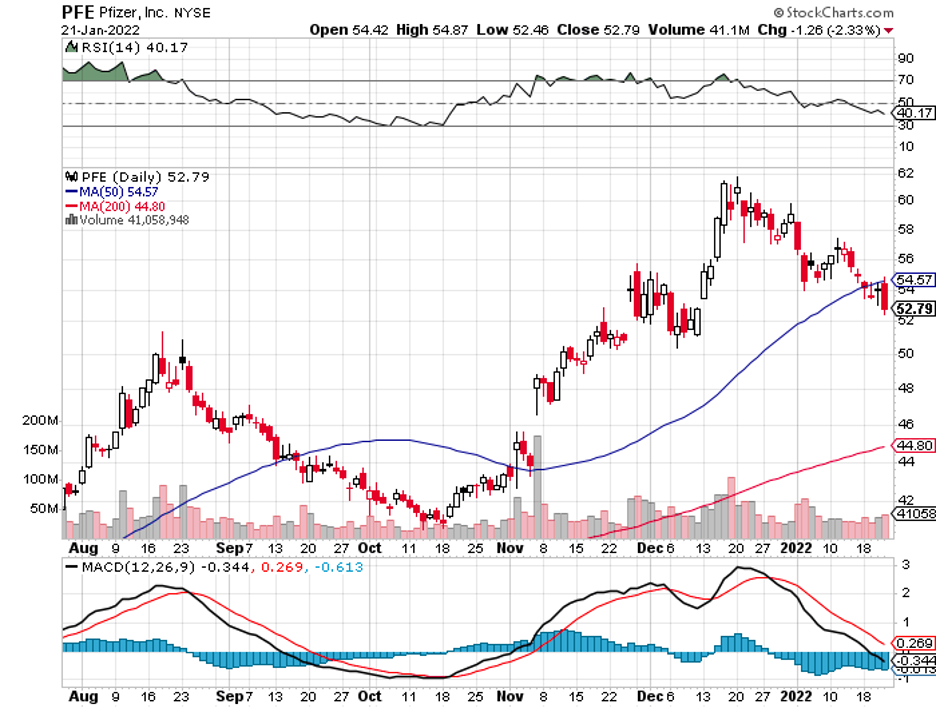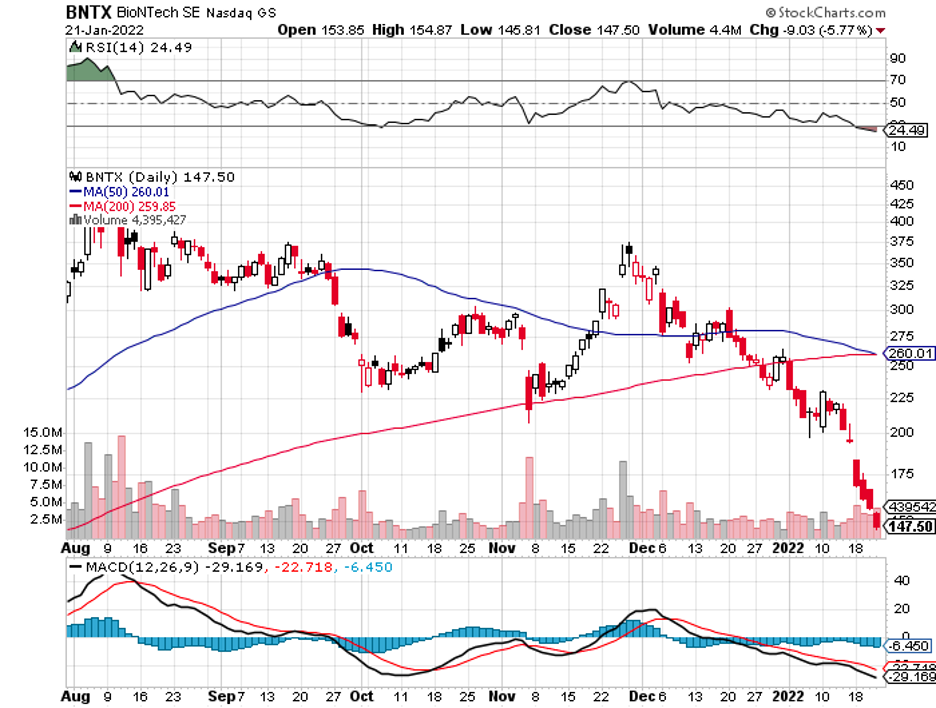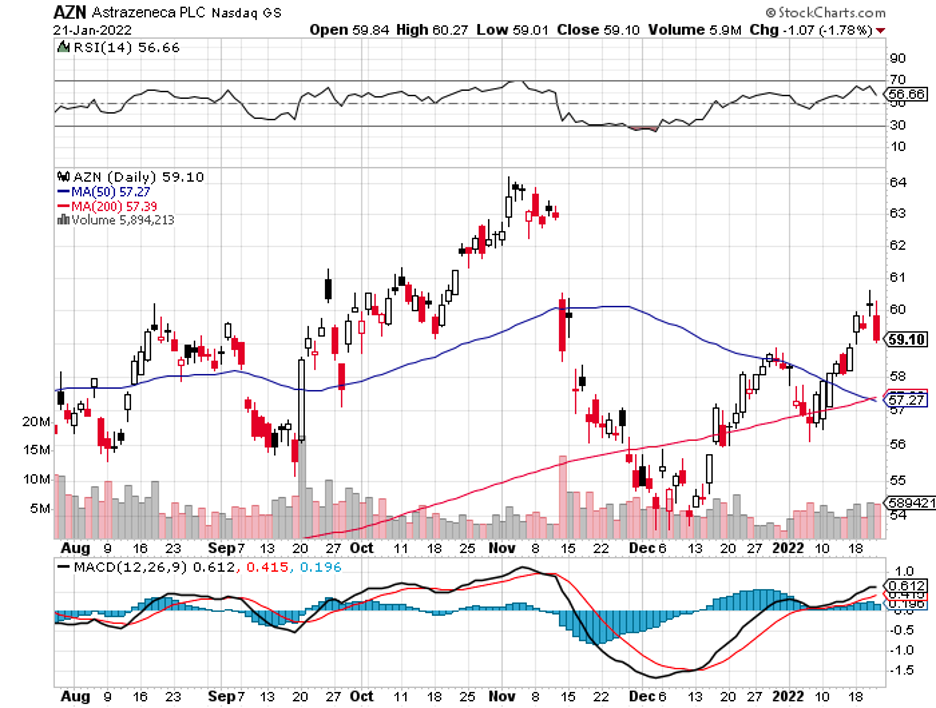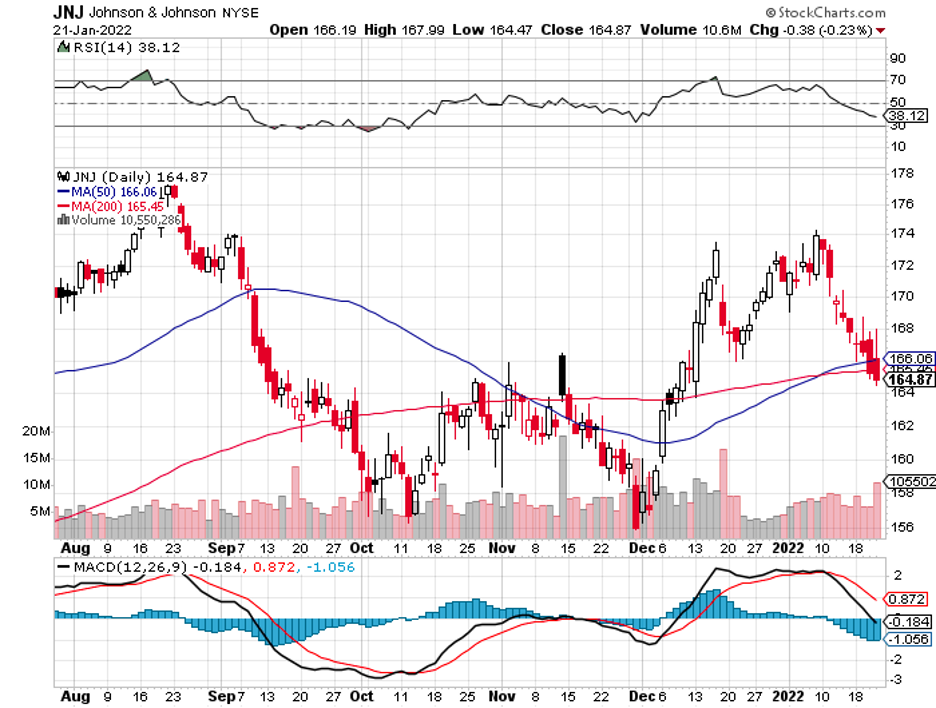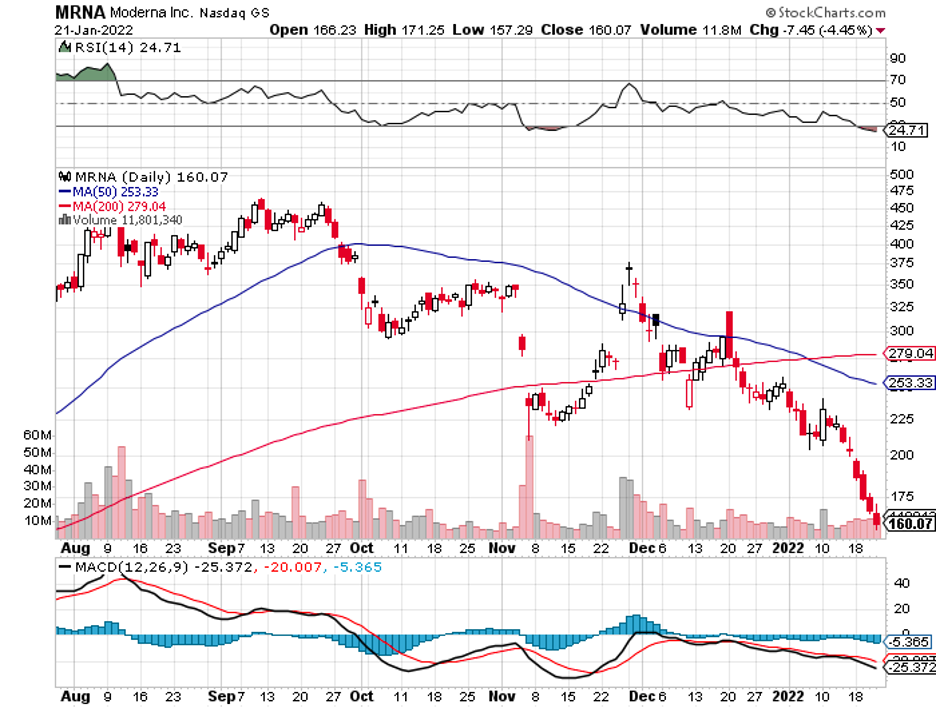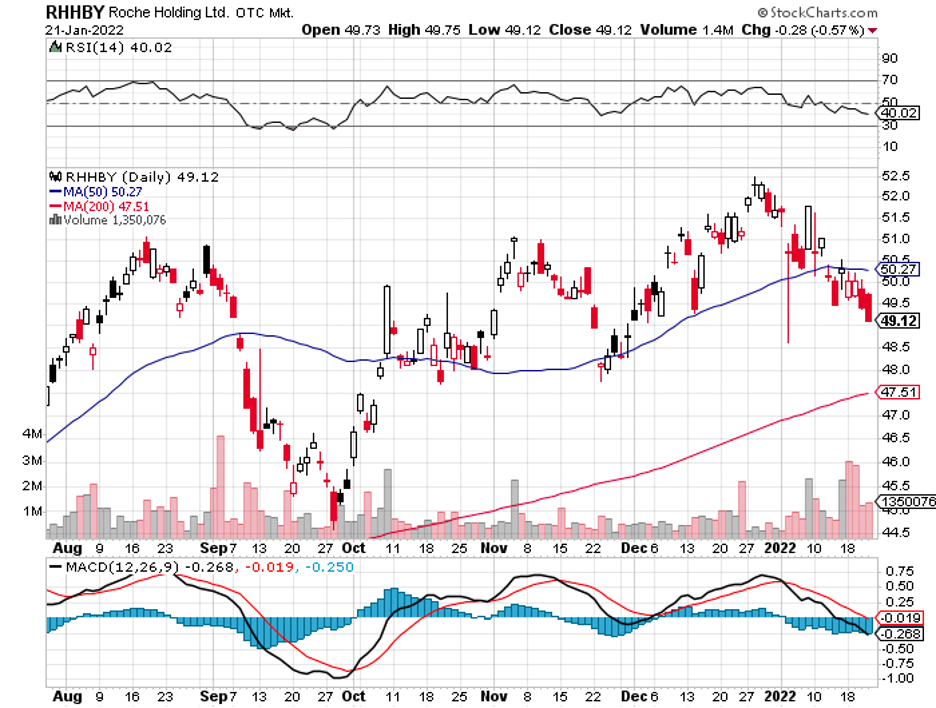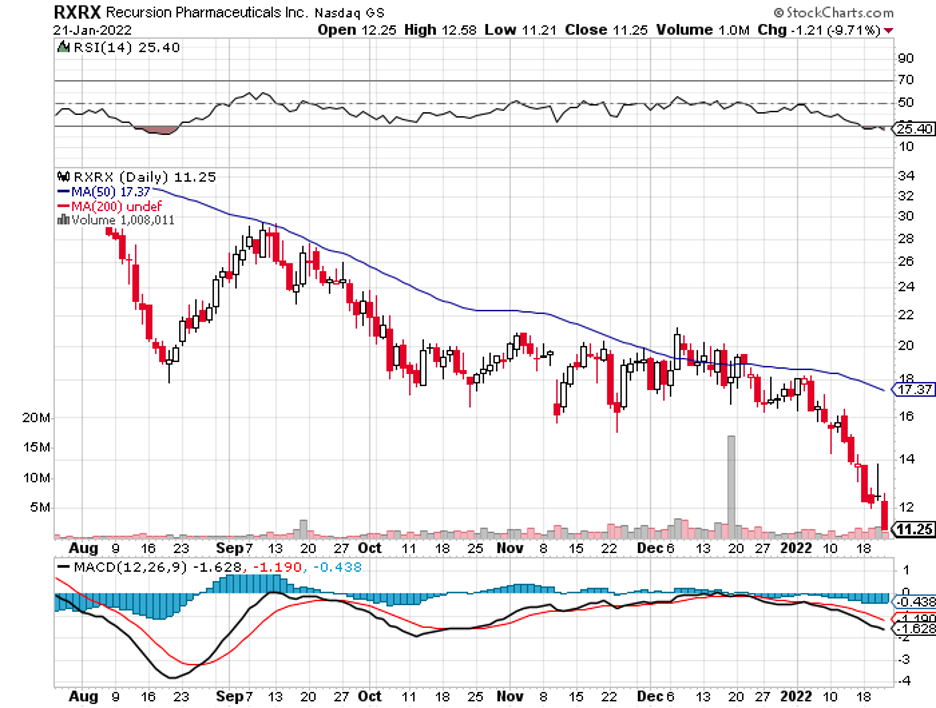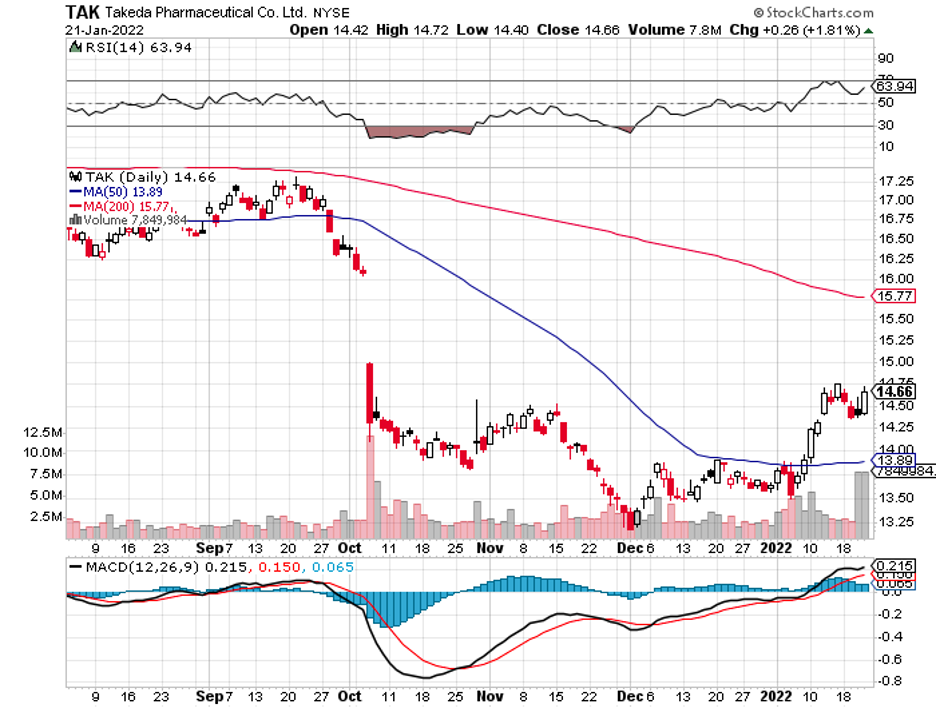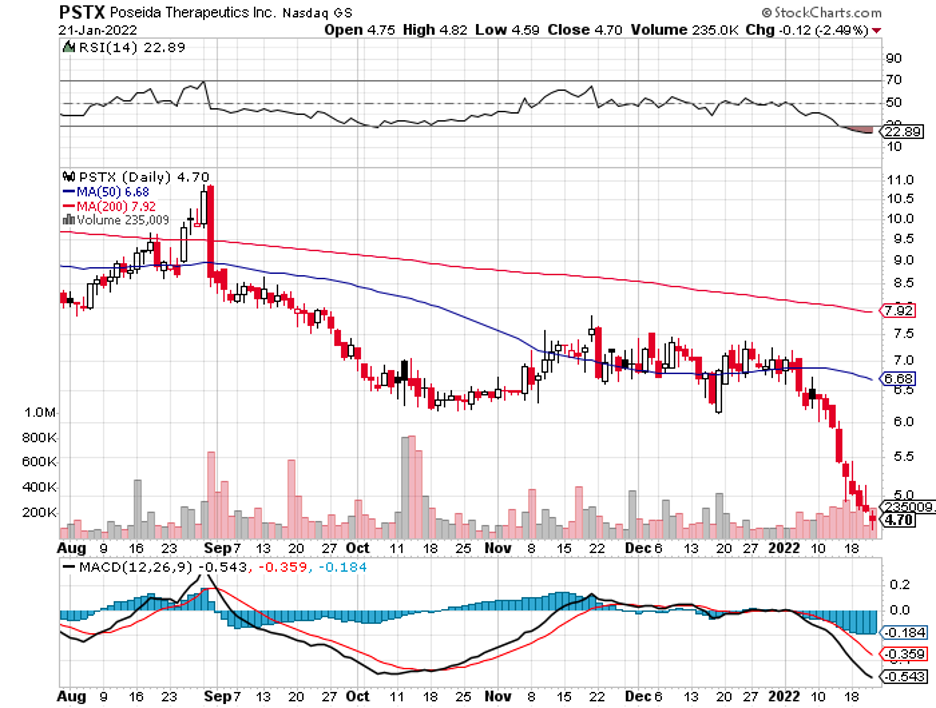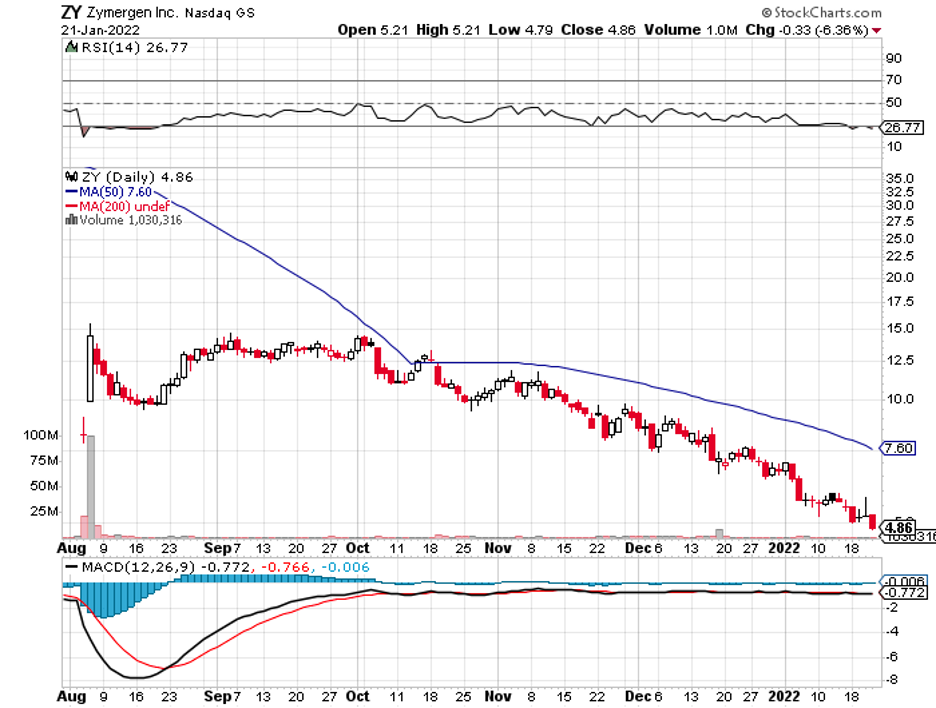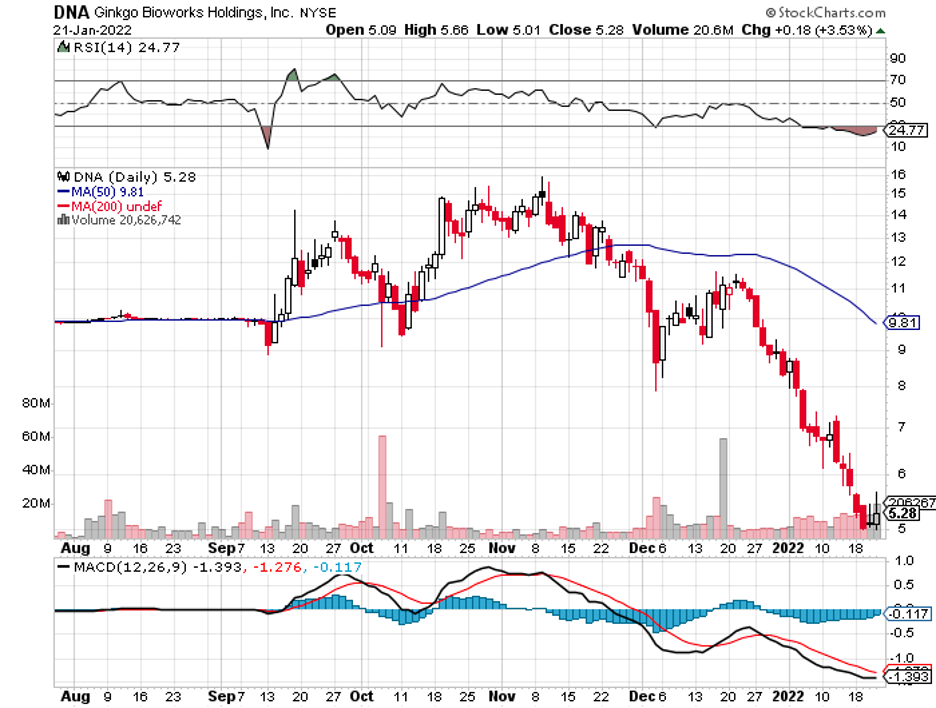The past two years have been focused on finding solutions to end the COVID-19 pandemic.
More have been attempting to join Pfizer (PFE), BioNTech (BNTX), AstraZeneca (AZN), Johnson & Johnson (JNJ), and Moderna (MRNA) in sustaining and even boosting the momentum in terms of vaccine development and launch of new drugs in the market.
While the biotechnology and healthcare industry will still predictably have COVID-19 as one of its priorities, I can see a number of promising developments waiting to be unleashed to the public this year.
One is the expansion of mRNA applications to go beyond its potential as a coronavirus vaccine.
In the first three quarters of 2021, Moderna recorded $10.7 billion in sales for its mRNA vaccine while Pfizer-BioNTech raked in $39 billion—and these numbers are expected to soar even higher for 2022.
However, what’s more promising is that the pandemic revealed an undeniable and irrefutable fact: mRNA-based treatments could be administered safely and successfully to patients.
That discovery appears to have bolstered investor confidence in the technology, as an increasing number of RNA-based drug developers managed to lure hundreds of millions in terms of financing.
China’s Abogen Biosciences received over $700 million in its Series C round last August, while another RNA-focused biotech, Massachusetts-based Laronde, raked in $440 million in a Series B round during the same period.
Another technology on the rise is artificial intelligence (AI).
For years, AI has grown from science fiction tales to real-life applications. Lately, this segment has shown signs of finally coming up with a breakthrough.
In fact, something groundbreaking might arise in the healthcare world courtesy of Roche (RHHBY) and its Genentech subsidiary.
After all, these two became the talk of the industry in December 2021 when they committed roughly $12 billion in exchange for access to the revolutionary operating system of Recursion Pharmaceuticals (RXRX).
Ultimately, the collaboration aims to come up with advanced treatments—40 programs in total—for various conditions, focusing on neuroscience and oncology.
Aside from mRNA and AI, another sector that’s expected to rally this year is the cell and gene therapy segment.
So far, more capital has poured into this area and a growing number of programs are entering Phase 3 trials.
In the first six months of 2021 alone, gene therapy companies raised approximately $6.4 billion in funding and queued 376 trials.
This notably surpassed 2020’s performance, which recorded $2.2 billion and 359 trials.
By the second half of 2021, big money started to come in with billion-dollar partnerships cropping up everywhere.
These included Takeda Pharmaceutical’s (TAK) collaboration with Poseida Therapeutics (PSTX), worth roughly $3.6 billion, as well as Roche’s partnership with Washington’s Shape Therapeutics at $3 billion.
On top of these exciting breakthroughs is another exciting development: synthetic biology.
In the first six months of 2021, the synthetic biology segment attracted about $8.9 billion in venture funding.
To top it off, the sector managed to launch two successful IPOs last year: Zymergen (ZY) and Ginkgo Bioworks (DNA).
Considering the growing momentum in this field, synthetic biology is anticipated to remain on track and achieve full-scale marketing and manufacturing across many applications. These can span from essential medicines to even various foods such as dairy and meat.
Although the biotechnology and healthcare sector struggled in the past months, it’s undeniable that the market still has faith in the industry’s future and potential.
In fact, investors showered the biotechnology segment with a record-breaking $24 billion in terms of venture capital in the first three quarters of 2021, exceeding the $20 billion total generated in 2020.
Throughout the years, biotechnology has transformed from a restrictive academic enterprise into a booming industry with real-world applications.
Looking at the history and trajectory of this sector, I can say that the trend will continue into 2022 and beyond.

